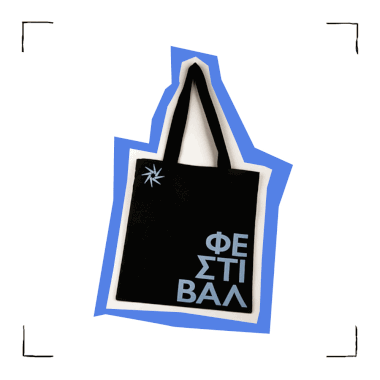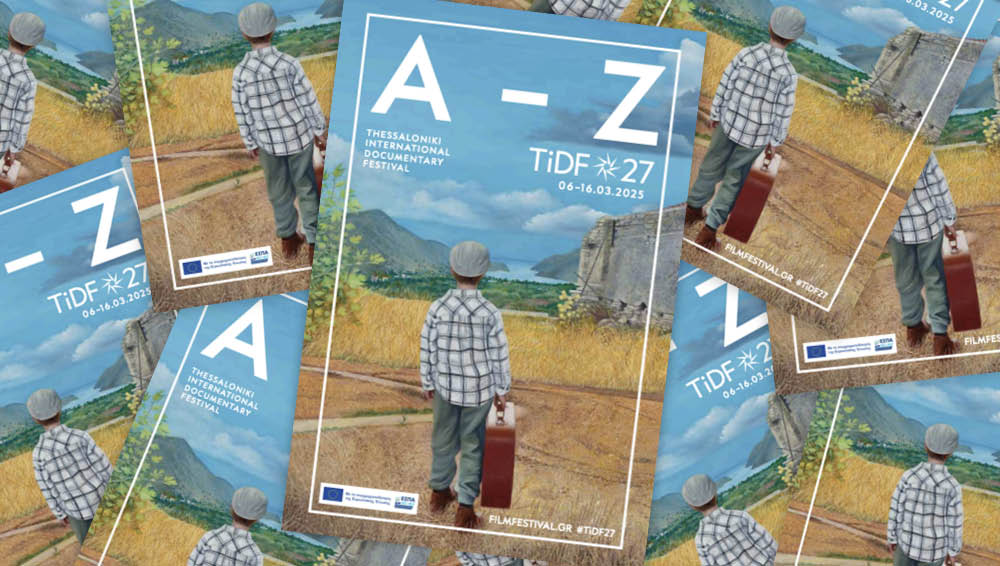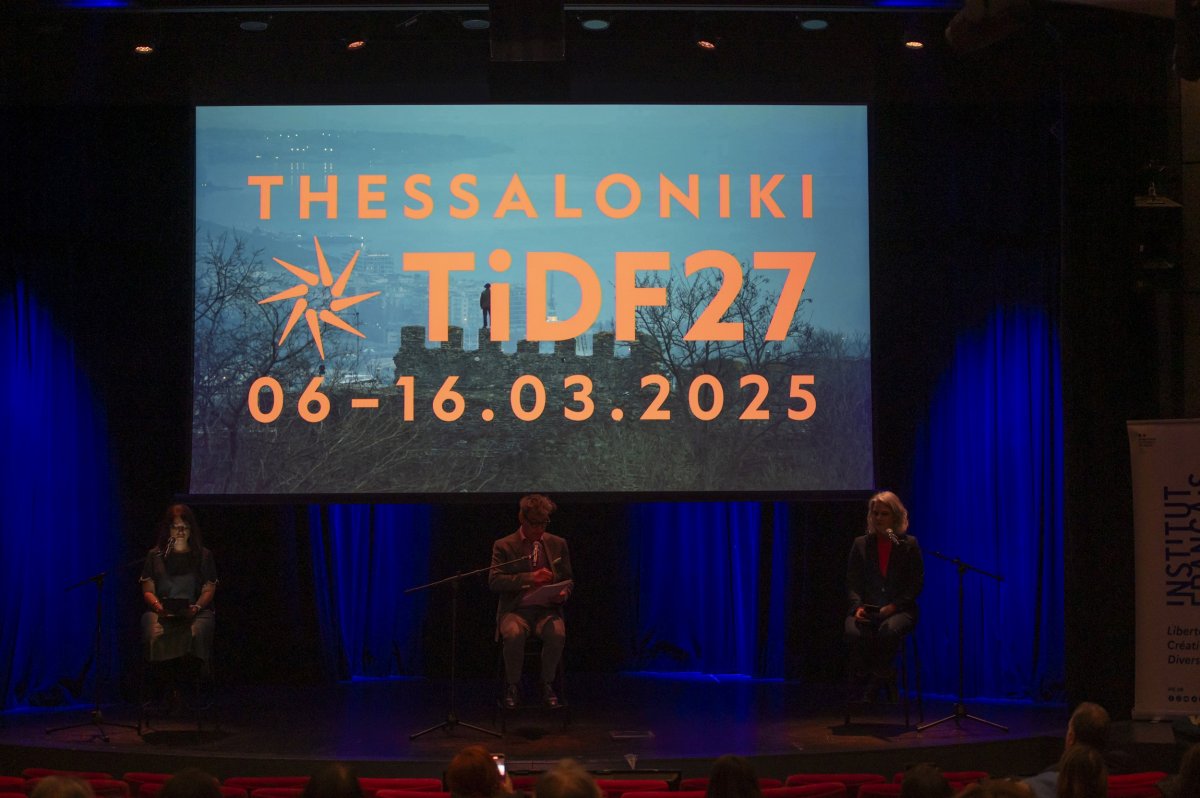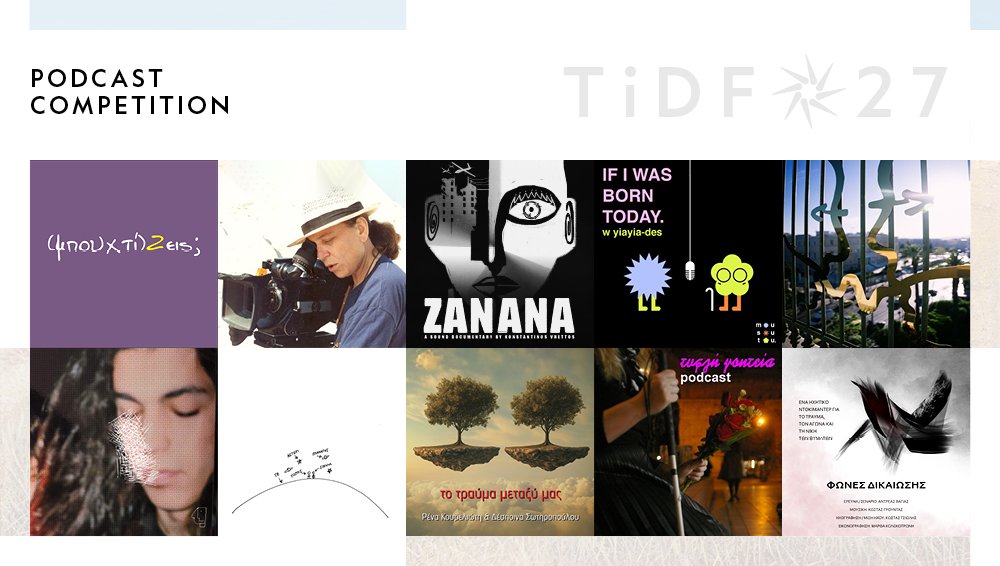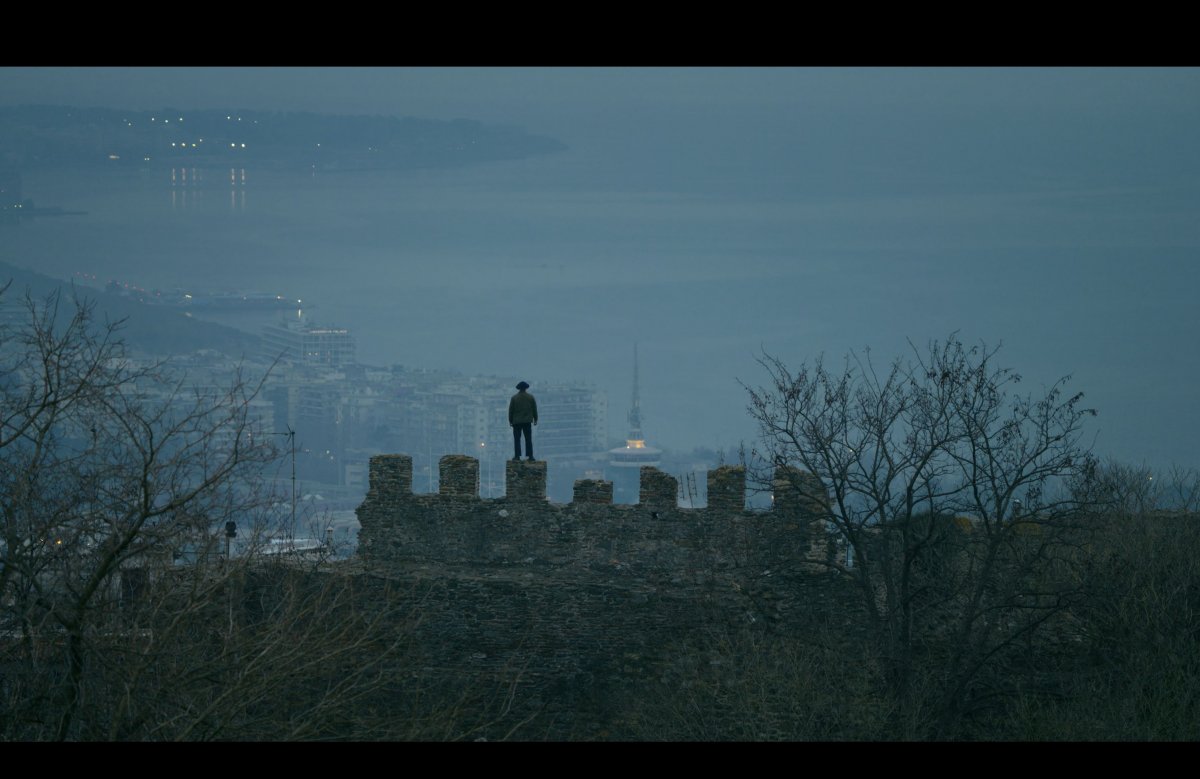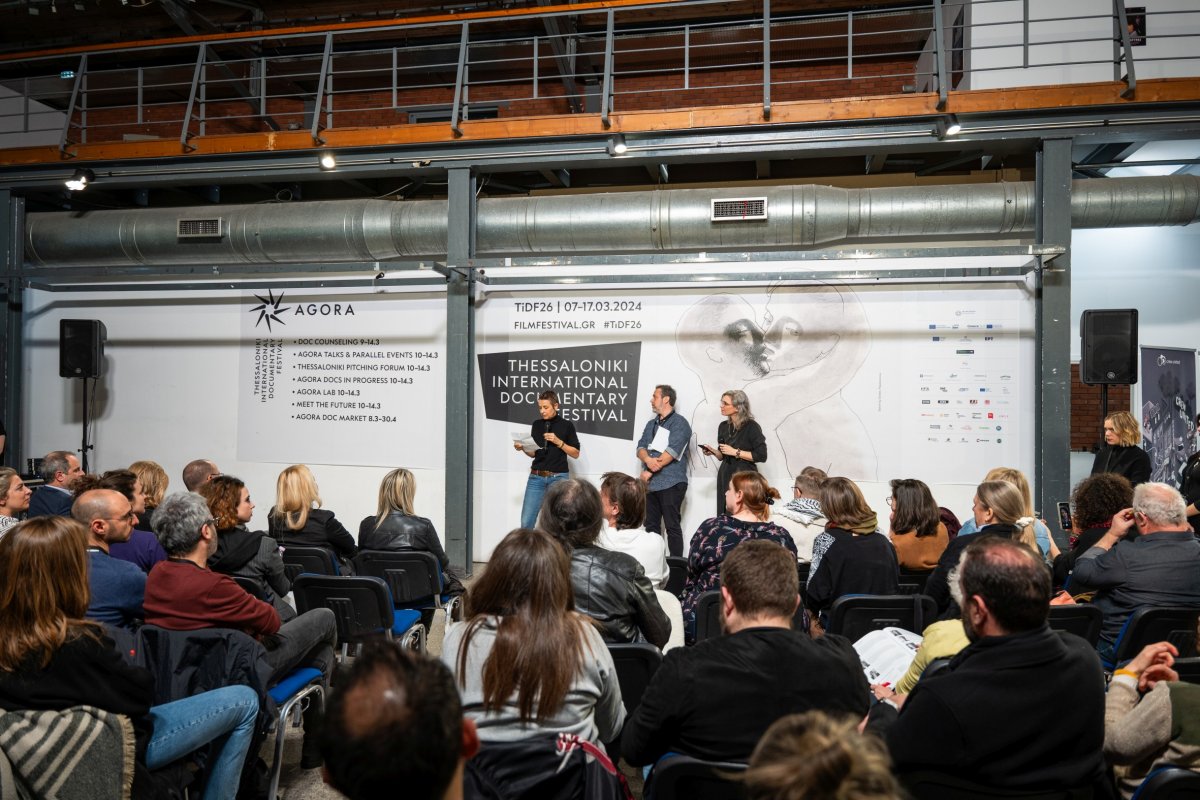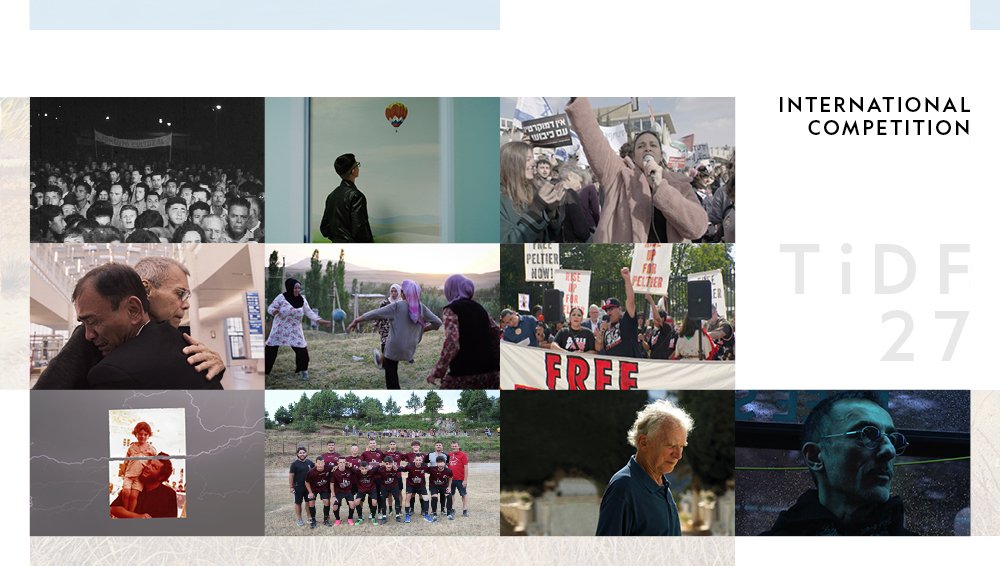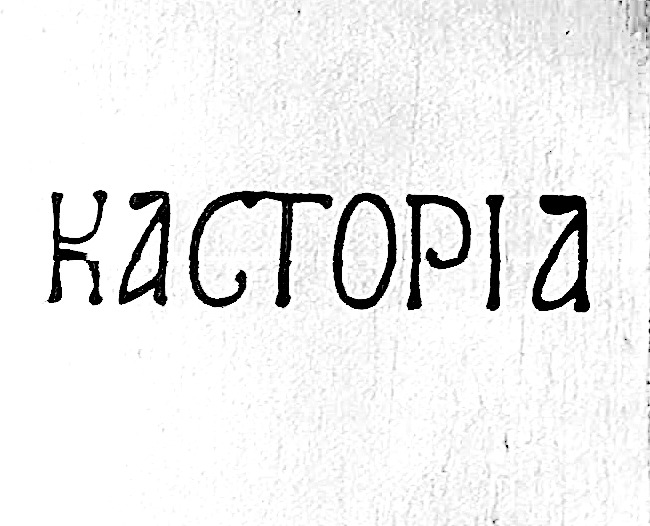18th Thessaloniki Documentary Festival –
Images of the 21st Century
11-20 March 2016
PANEL DISCUSSION
”DOCUMENTING THE REFUGEE ISSUE: METHODS, OBJECTIVES, CHALLENGES, ETHICS”
Images of the 21st Century
11-20 March 2016
PANEL DISCUSSION
”DOCUMENTING THE REFUGEE ISSUE: METHODS, OBJECTIVES, CHALLENGES, ETHICS”
The multiple narratives of the refugee issue, through different approaches of documentation and publication, the political and humanitarian dimensions, as well as morality issues, were, inter alia, the subjects of in the panel discussion “Documenting the Refugee Issue: Methods, Objectives, Challenges, Ethics”, held on Wednesday March 16th, 2016, at Pavlos Zannas theatre, as part of the 18th Thessaloniki Documentary Festival.
This interesting discussion, organized as an initiative of plays2place productions, with the support of Thessaloniki Documentary Festival and Goethe-Institut Thessaloniki, was moderated by Konstantinos Aivaliotis, the director of Athens Ethnographic Film Festival. The invited speakers in the panel discussion were the following: Anestis Azas, Theater Director – Artistic Head of the Experimental Stage (-1) / National Theater, Giorgos Moutafis, photojournalist, Martha Bouziouri, Social Anthropologist/Cross-media projects Director and Marianna Oikonomou, Film Director.
Konstantinos Aivaliotis opened the discussion, noting that the depiction of social issues is directly related to images, since it involves the concept of representation, and added, inter alia: “No matter how often the dimension of representation in art is discussed, there is always the need for further discussion, given that the circumstances change, and so do political issues, as well as the methods of image recording and its use. Due to these changes, representation is always a current issue, as far as the representation of social issues and social unrest is concerned. Even though the absolute truth is non-existent, we carry on researching and raising new issues”.
Film director Marianna Oikonomou took the floor next, and talked about her own involvement with the refugee issue through her documentary, The Longest Run, which is screened in the 18th Thessaloniki Documentary Festival. Regarding this special project, she also added: “I became interested in the subject two years ago, before the major refugee crisis, when I came across the book “In School I forget about Prison”. It is an educational manual that shocked me – the result of a narration workshop held by a university tutor at the Juvenile Special Detention Centre of Volos – in which unaccompanied children immigrants narrate their trip to North Europe. This question came up then of how these children coming from Asia end up in prison accused of crime and facing the punishment of up to 25 years of detention. That is how I was intrigued to make this documentary”. The director chose to tell the story of two imprisoned children from Syria and Iraq, whose parents had send them to Europe with the help of smugglers. As she pointed out: “For me this documentary is a view to reality, but it is also this relationship that is created with the people I film, a relationship based on collaboration and trust. On my second visit, I saw that when the cells were opened the children run out to the corridor, trying to get their parents on the phone. I asked them to allow me to film them during these telephone conversations and to me this is the most important document in the film: to see the children talking to people who are trapped in their home countries because of the war”.
The photojournalist Giorgos Moutafis uses an approach based on self-experience and has recorded many cases of humanitarian crisis in more than 20 countries, in the Middle East, Africa and the Balkans. As he noted: “I have been involved with the refugee issue for nine years now, since 2007, when I found myself at a camp in Patras without knowing much about this issue. I felt intrigued as a human being, mostly by the cases of unaccompanied children refugees. So, I started going to Patras, Athens, Kos, and my photos started to be published by international agencies, newspapers and magazines. I have been to hotels, airports, ports and refugee camps”. Mr. Moutafis emphasized the need of making the refugee issue known to the public, in spite of the cruelty of the images or even maybe because of it. “I want to talk about the people I photograph. I was in Kobane, Syria, when people were massacred and I witnessed the bombings. During the past months, I have ended up taking photos of dead bodies on the islands’ coasts or underfed people in Idomeni. I believe in the power of photography and I wish to trigger the public’s emotion. Even though I don’t have a background in psychology, in my photos I try to have a second level of interpretation, so that when someone sees them feels something and then thinks about it. It is difficult to photograph such moments. There are morality issues as to what you photograph and whether you should take such a photo or not. I don’t know why I do it or what I am trying to say through it, but I know that we need to have the stories told and this satisfies me because now I am able to pay attention to the smallest things in everyday life and I have changed as a human being through the process”.
Theater Director Anestis Azas talked about his own involvement with the refugee issue through the theater performance “Case Farmakonisi or The right of water”. The performance was triggered by the tragic events in Farmakonisi on January 20th, 2014, when twelve people lost their lives, including children of 3-11 years old. Mr. Azas made a special reference to the role of theater, saying that: “At the Experimental Stage, we try to use theatrical methods in a way that the narration resembles a documentary film, this is why we call it “theater of reality” or “documentary theater”. We are influenced by the German group Rimini Protokoll. The idea for the performance about Farmakonisi was born a year ago, when I read an article about a 21-year-old Syrian smuggler who was convicted to a 145-year detention, as the sole responsible for the tragedy. I just couldn’t believe it to be true, how it was possible that one of the survivors was ascribed full responsibility. In our approach we wanted to show or understand racism in our own country, which is related to how the pattern of exclusion is reproduced by the legal system”.
Social Anthropologist and Director Martha Bouziouri, who did the research and dramaturgy for the same performance, noted, inter alia: “The refugee issue is a first-time historical transition, the consequences of which we have yet to understand. There is more than the humanitarian aspect. We have to be aware of the political dimension as regards this issue”. She also talked about her own methods, which are related to this political aspect of the issue and which can be found, in her own words, “at the intersection of art, science and intervention, as a hybrid model of cross media and research projects”. She also added: “I started having a different view than the generalized one I had before, when I travelled to the Arab countries and the Middle East. I realized that the prevailing image that we are shown is not as pluralistic as it should be. I feel that the refugee issue has become a sort of a spectacle; there is the dimension of solidarity, of course, but at the same time there is a not-so-bright side, as far as certain cases of opportunism and gain are concerned. As regards art, there are issues of aesthetics in representing the extreme and the pain. The aim of victimizing and dramatizing a situation is to raise awareness, but at the same time there are other issues that must come into consideration too”.
To the openly addressed question by Mr. Aivaliotis regarding the time needed for fieldwork research before starting a project, the participants in the discussion panel said that this cannot be defined and is different for every case, depending on the circumstances and the nature of the project. “You must respect the time of other people too, the pace of the people involved must coincide, enough time should be given to achieve that and to listen, learn and ask the questions you need to ask”, said Marianna Oikonomou, while Anestis Azas noted that “it is better to have as much time as possible. Time is never enough and the issue explored is never exhausted”. Giorgos Moutafis explained that he has a different approach depending on the place and the medium he works with. “The magazine can give you more time in comparison to an agency. Practical issues also play a major role: the budget available for fieldwork or whether you have family or children. There are many factors involved”.
As regards the question of whether it makes sense to make art in extreme or extraordinary conditions, Martha Bouziouri noted: "These people are the source of our inspiration, but I can’t say that I would simply go there, get the material I need, and get out. In field research in refugee camps, I feel the need to interpret what these people wish for. The fact that they talk to us, they share sensitive personal information, is not self-evident”. As Anestis Azas stressed: “In the theater, we are criticized for inventing a sort of sociological zoo. I try to avoid the victimization of people we interpret on stage. I try not to interpret them as victims but as responsible subjects who are either fleeing war or want a better life”.
George Moutafis also referred to the issue of the responsibility borne by any professional who is dealing with the refugee issue. “I am deeply concerned about the responsibility we have as photographers, journalists or historians of the future, as I might as well put it. History is now written in Idomeni and the islands, and sometimes this results in the development of some kind of journalistic or humanitarian tourism. We have a great responsibility towards the audience, but also in terms of showing respect to the subject photographed. The point is not to get used to death, not to become immune. I believe in the power of the image, I think we need to show even more harsh images in an attempt to shake people up”.
The discussion concluded with the participants and members of the audience expressing their concerns on the refugee issue and the multiple ways to approach it.


